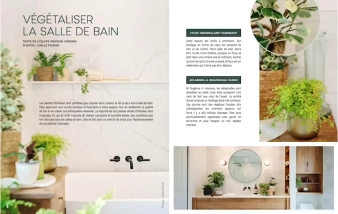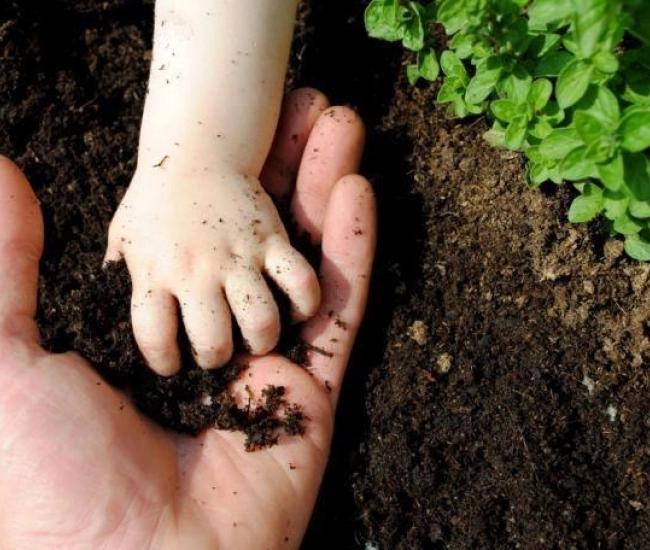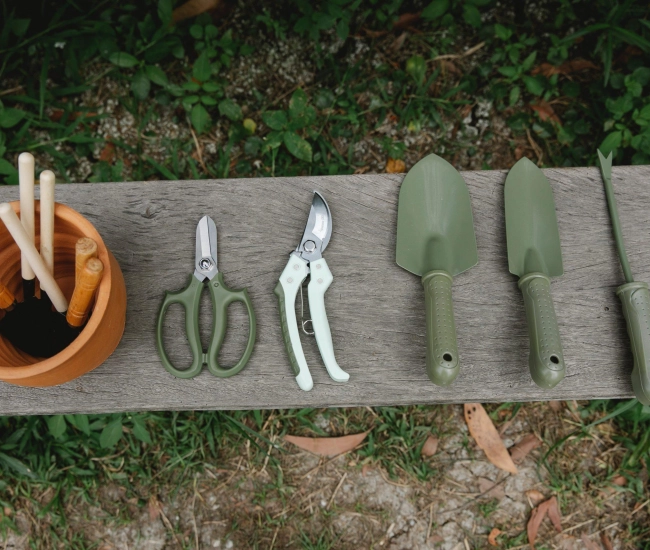
Text by Hélène Baril: Horticulturist, author & speaker
__
Finally, spring has arrived. The first buds are slowly unfolding, perennials are emerging from the ground, and magnolias are in bloom. What a joy for gardeners to be able to play in the dirt, rake the lawn, and prepare their vegetable garden.
Let's be eco-responsible
Over the years, more and more gardening enthusiasts concerned about the quality of their environment are looking for new gardening methods that can limit the use of synthetic products and offer better water management in the garden. Here are some tips and tricks that will allow you to practice your favorite hobby while being eco-responsible.
Plant choices
When it comes time to select your plants, opt for easy-to-grow plants that can adapt to most soil types. Avoid plants that grow too quickly and those that require special care such as: frequent watering, specific fertilizer inputs, winter protection (poorly adapted to your hardiness zone), frequent pruning and division, etc. Diversify your selection by adding shrubs, trees, and conifers to your arrangements to control pests, promote the presence of pollinating insects, and offer a varied diet to the winged wildlife.
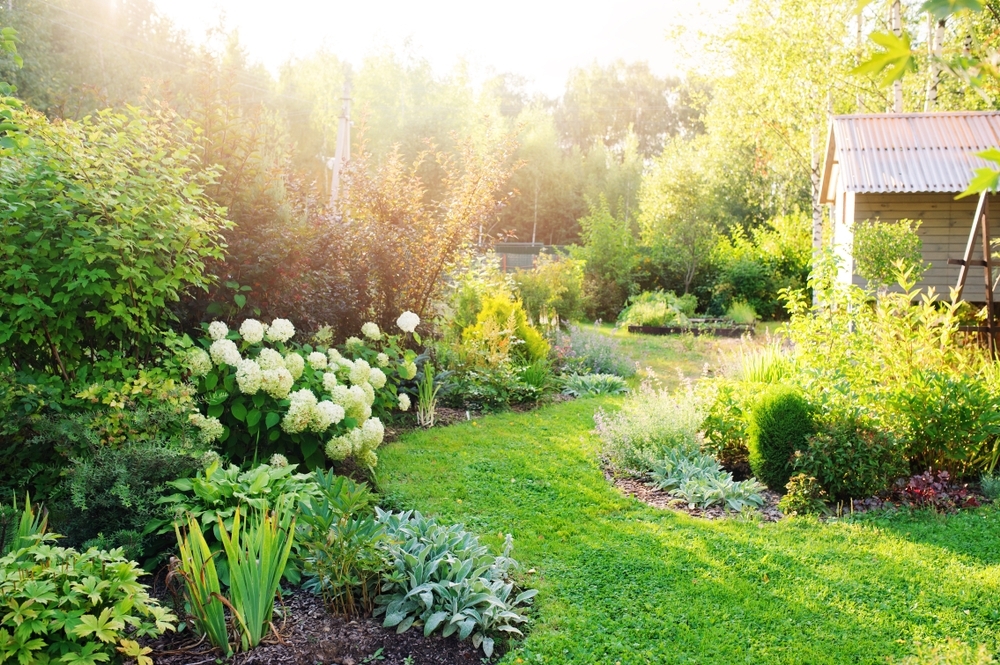
The right actions at the right time
It's easy to reduce your ecological footprint by swapping some of your gardening habits for simple and eco-friendly actions...
- Opt for manual weeding of the lawn and flower beds.
- Raise your tolerance threshold and accept some imperfections and the presence of a few undesirables.
- Adjust the height of your plants to maximize water supply (water-hungry plants lower and drought-tolerant plants higher).
- Add compost annually to the flower beds, vegetable garden, and at the base of trees and conifers to nourish the soil and preserve its moisture.
- Use only low-impact ecological products such as: insecticidal soaps, traps, natural repellents, and most ecological household products used in making your homemade pesticides.
- Select low-demand plants that will help reduce the amount of water used in the garden.
- Use soaker hoses to limit the waste of potable water. Placed at the base of hedges, in the vegetable garden, and in flower beds, they distribute water evenly and directly to the roots without water loss while limiting foliage watering, which prevents the appearance of fungal diseases.
- Avoid small superficial waterings, water deeply as needed, you will promote the development of a deep and drought-resistant root system and climatic variations.
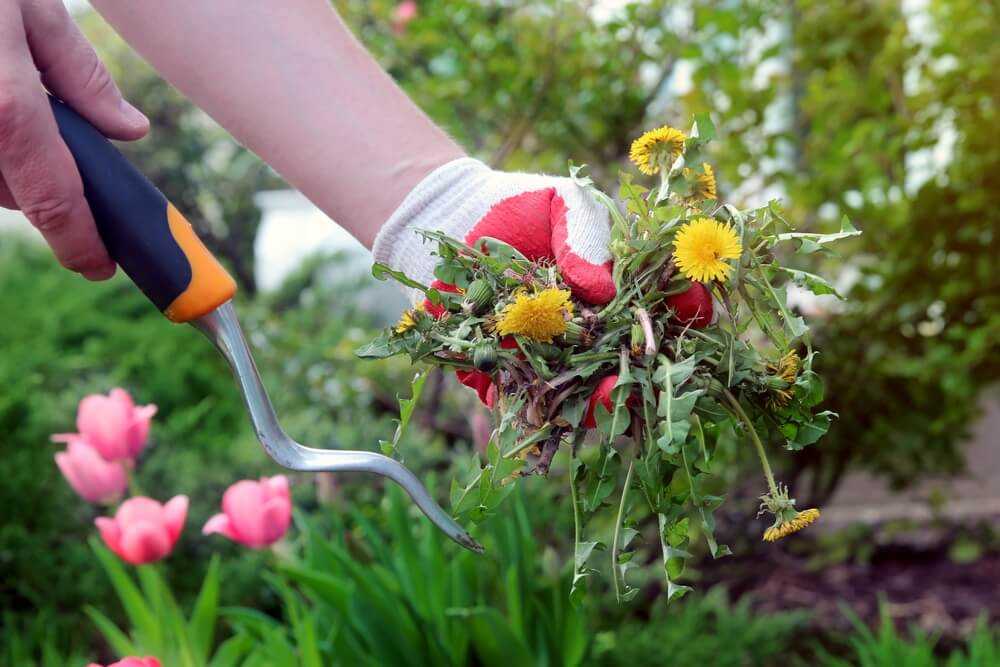
Did you know that...
Did you know that 95% of the insects found in the garden are natural helpers and that by using pesticides you destroy them? Take the time to properly identify the pest before using a pesticide, even an ecological one.
For an eco-friendly and productive vegetable garden
When planning your gourmet space, opt for the raised bed technique or the container garden (vegetable tables) that limit soil compaction and allow for growing more vegetables in a limited space since harvesting and cleaning are done from the paths traced on each side of the beds or around the containers.
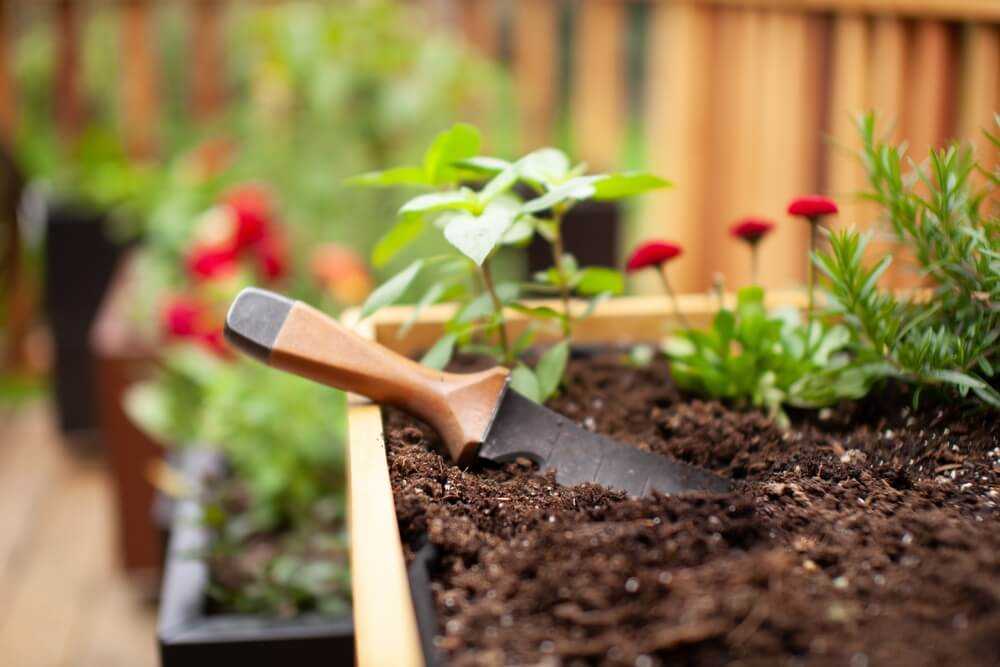
Use a soil specific to vegetable cultivation and select plants or seeds from organic farming. At planting, practice companion planting to promote biodiversity, reduce pesticide use, increase the presence of pollinators, promote plant growth, and control insect infestations and disease proliferation.
And don't forget: "Nature does things well, why not listen to it..."
Tips and advice
